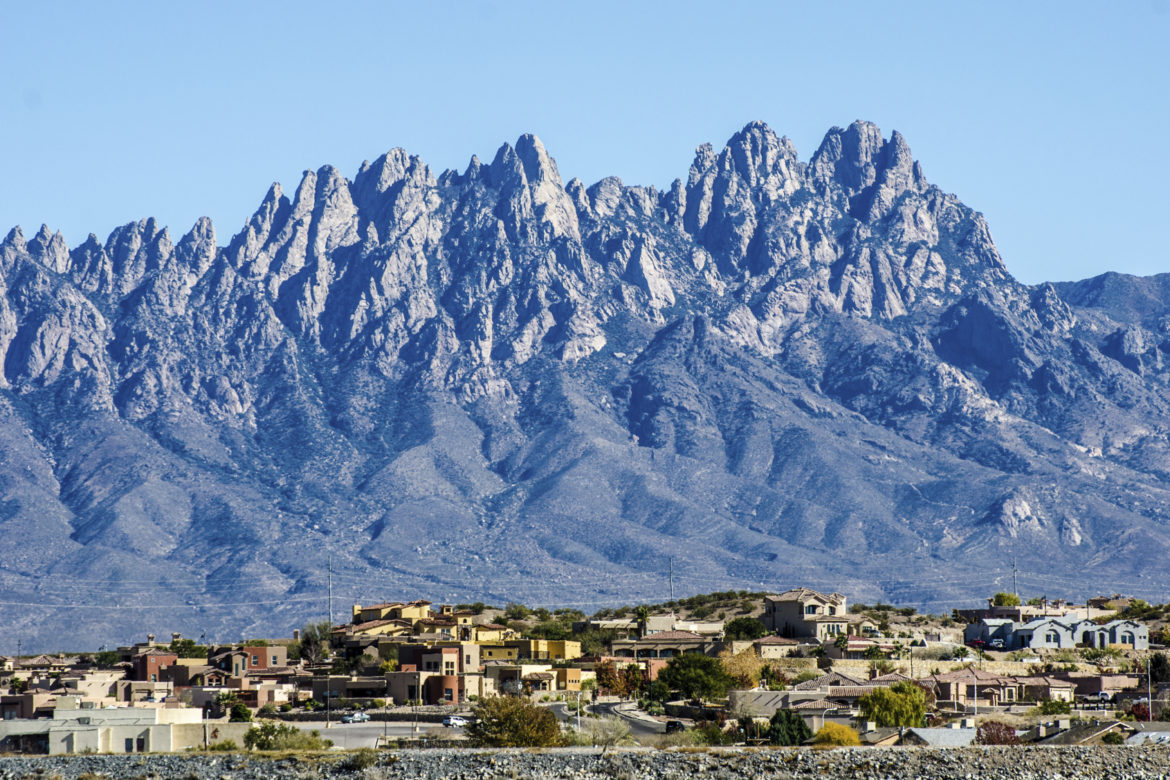New Mexico Republicans had plenty of reasons for optimism heading into the 2018 elections. The Governor’s position was open, and Republicans had a large bench, potentially the largest in decades. Four possible candidates all offered their own strengths in a potential campaign; then-ABQ Mayor Richard Berry, then-Lt. Governor John Sanchez, then-Land Commissioner Aubrey Dunn, and then-U.S. Rep. Steve Pearce.
By the end of 2018, all of those positions would be held by Democrats.
In 2020, New Mexico Republicans are badly in need of a victory. The simplest path to a win lies in the second congressional district. The typically conservative southern New Mexico-based seat flipped to Democrats in 2018, though by a thin margin. This race will be nationally watched, and will certainly prove to be one of the lynchpins of efforts from both parties to either keep or win control of the U.S. House.
Tuesday’s CD-2 primary will prove whether or not the seat will be competitive in November. Former State Rep. Yvette Herrell, who lost the 2018 race to Democrat Xochitl Torres-Small, is running again. Her primary victory in 2018 offers some clues to the 2020 election.
In all, about thirty-two thousand Republicans voted in the 2018 primary. Herrell won the district’s population centers and the rural counties alike, with 16,023 votes overall. Runner-up Monty Newman won 10,474 votes. In Dona Ana county, Herrell received 2,284 votes to Newman’s 1,141, and in Valencia county, Herrell received 1,407 to 938 for Newman. In Chavez county, Herrell beat Newman 2,342 to 1,593. Newman carried his home base of Lea county, by a massive margin of 2,300 to 890. But it wasn’t enough to offset the Herrell margins everywhere else.
Herrell’s 2018 primary win was an impressive primary victory. And yet, Herrell and her campaign ought to have paid attention to the Democratic primary turnout that year. Xochitl Torres-Small defeated Madeline Hildebrandt in that race, 25,395 to 9,577, or about 70% – 30%. Such a commanding primary win is impressive enough, especially when the primary showed that more Democrats turned out to vote in their primary than Republicans did in theirs.
In contrast, GOP Rep. Steve Pearce won 29,911 votes in his unopposed re-election primary bid in 2012, while his Democratic opponent Evelyn Erhard won 24,175 in her primary. In 2014, Pearce received 24,958 votes compared to Democrat Rocky Lara’s 21,751. In 2016, however, the tables flipped and Democrat Merrie Lee Soules received 37,455 votes in her primary compared to Pearce’s 36,722.
In other words, for the second time in a row, more Democratic primary voters turned out to vote in CD-2 than Republican primary voters. This was an early warning sign that CD-2 would be competitive in 2018.
In other words, for the second time in a row, more Democratic primary voters turned out to vote in CD-2 than Republican primary voters. This was an early warning sign that CD-2 would be competitive in 2018.
Pearce ended up winning the 2016 re-election comfortably, but it is worth noting that Soules was not considered a competitive candidate, and she did not have the resources or national financial backing to mount a serious campaign. In addition, Pearce’s re-election was one of the few GOP victories in 2016, a year where Democrats won every other major race in New Mexico.
Primary margins offer plenty of tells toward the general election. If one party surpasses the other in a primary, it strongly suggests that the enthusiasm on that side will springboard them to victory in the general election, though that is not always the case.
Susana Martinez’s successful re-election campaign in 2014 managed to overcome that difference, though she had a world-class GOTV field organization and state and national GOP financial backing. So far, there is no coordinated GOTV field program on the GOP side, and national Republican groups are hesitant to invest in New Mexico. They are likely waiting to see who emerges in the U.S. Senate and CD-2 primaries before they invest.
If more Democratic primary voters turn out in 2020 than Republicans, it just might give the edge to the Democratic campaign. As it stands, with 2020 early vote primary totals, Democrats have outperformed Republicans in statewide turnout 165,544 to 94,720, or roughly two-to-one. This is an ominous, though not unsurpassable, mountain that Republicans need to start climbing immediately.
Tuesday’s primary will prove whether or not CD-2 will be competitive in the general election. Three Republicans are running for the GOP nomination for the second congressional district; oil and gas executive Claire Chase, businessman Chris Mathys, and Herrell.
Conventional wisdom suggests that an encore Herrell nomination would result in a repeat performance of the 2018 race. In fact, national Democratic groups have already begun advertising on Herrell’s behalf, believing she would a much easier opponent for Torres-Small.
While a bevy of Tea Party-aligned groups have endorsed Herrell, the money race very clearly says that Claire Chase would be the stronger choice for Republicans who want to win back CD-2. Tuesday’s primary results will bear that out.
If Herrell is the nominee, keep an eye on whether national Republicans decide to invest in the race. If Chase is the nominee, keep an eye on which counties she flipped from Herrell, and where the Democratic primary turnout surpassed Republican turnout. Either way, New Mexico Republicans can expect another exciting race for New Mexico’s 2nd Congressional District.

